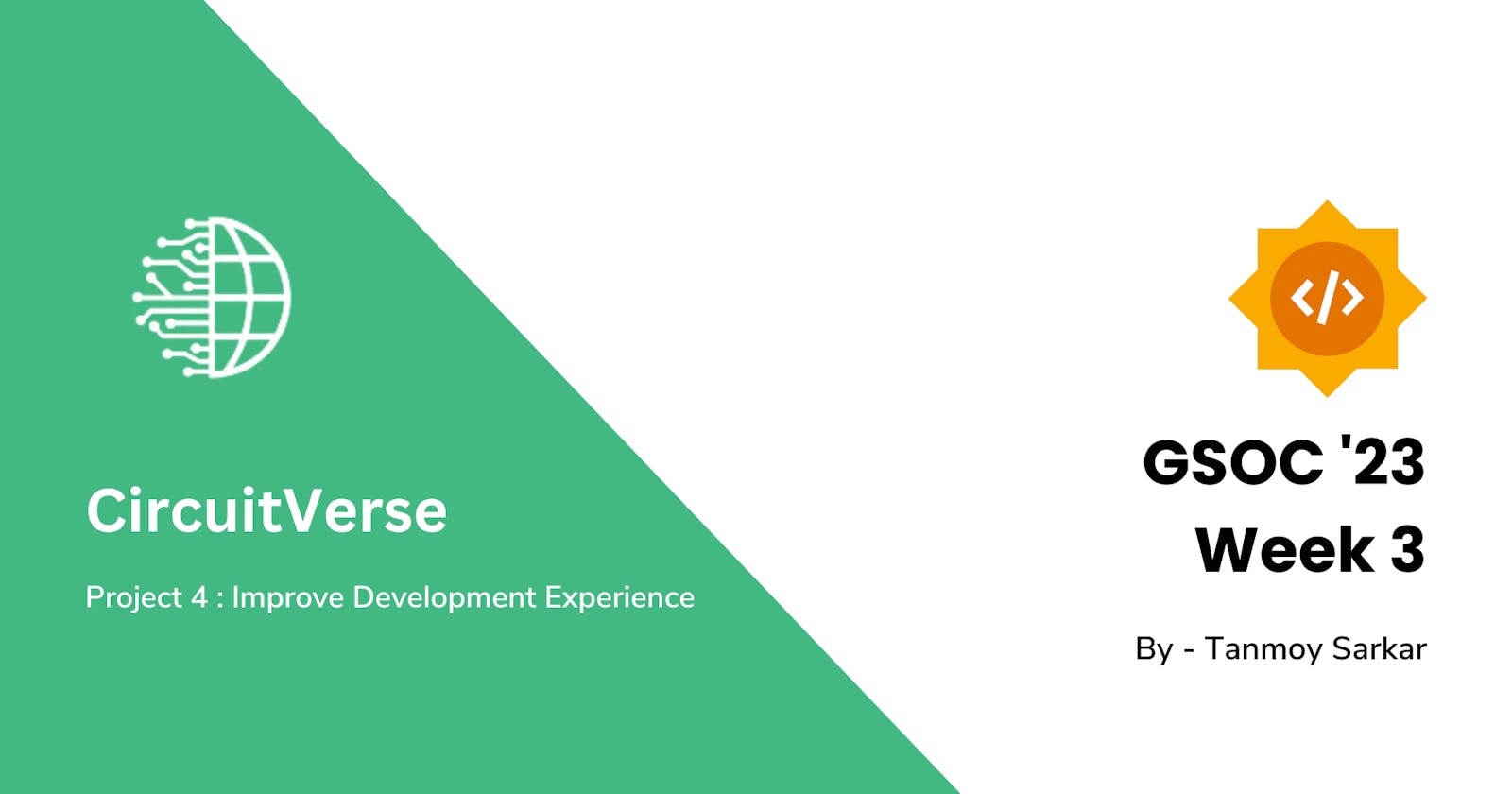This week was a little bit hectic, and the integrations were a little bit error-prone. However, I fixed all the issues by following the GitHub Forum and Github Issues discussion of particular library/software.
The main tasks of this week -
Integrate Vite Rails
Initialization of RBS
Integrate Vite Rails
Purpose - We are mainly integrating Vite Rails and will move Simulator assets to Vite. Currently, CircuitVerse uses sprockets and esbuild to pack javascript files and serve through the asset pipeline.
So, What's the issue with the current setup?
The issue is mainly with development experience. When the developer modifies any Javascript / SCSS files, esbuild rebuilds the assets, and the user needs to refresh the page to see the changes, which is very time-consuming.
When Vite comes into the picture, It does not build the assets to a single *.js or *.css file.
The main features of Vite
Lazy Loading: It does not bundle all the javascript in one single file and then serve. It simply sends one entry point file to the browser and will recursively load all the dependency javascript and compiled SCSS files to the browser.
Hot Reload: Whenever there are any changes in javascript or SCSS files, the Vite client will manage to update that in the browser without refreshing the page. The entire page will be reloaded automatically if the 'Hot Reload' feature can't reflect any browser changes.
The end of the story is it will make the development experience much better than the previous setup.
Integration -
Install
ruby_railsgembundle install vite_railsRun this to generate the configuration files
bundle exec vite installIn
config/vite.jsonyou can put the Vite dev server's configuration{ "all": { "sourceCodeDir": "app/javascript", "watchAdditionalPaths": [] }, "development": { "autoBuild": true, "publicOutputDir": "vite-dev", "port": 3036 }, "test": { "autoBuild": true, "publicOutputDir": "vite-test", "port": 3037 } }In the default config, it chooses
app/javascriptfor entry pointsWe remove the
simulator.jsfrom esbuild and move to Vite by dragging the file to this directoryNow in the *.erb files, we need to replace
javascript_tagwithvite_javascript_tag<%= vite_javascript_tag "simulator" %>Here is a catch, Vite loads this javascript and SCSS asynchronously, so the other scripts may fail.
Assume you have some inline scripts required
jQuery, but as Vite loads them asynchronously, the inline scripts will be executed withoutjQueryand throw a bunch of errors.We can resolve the issue by following this.
vite_javascript_tag adds type=module and async tag to Script
After
asynctags executiondefertags will be executed.After all assets are loaded, the
loadevent will be fired.So the flow will be like
Put vite_javascript_tag at the start or head of the HTML
Wherever you have
<script src="https://example.com/example.js">usedeferin it<script src="https://example.com/example.js" defer>In the usual Script, add the EventListener for
loadevent<script> window.addEventListener("load", function() { // Your code goes here }) </script>That's all
Then, we need to add
Vitedev server inProcfile.devto run it with Foremanvite: bin/vite devNow we can access the UI as usual, and Vite will take care of asset delivery and Hot Reloads.
PR - github.com/CircuitVerse/CircuitVerse/pull/3..
Initialization of RBS
Purpose - We know Ruby is a dynamically typed language. So type checking stuff is not available, which can lead to inconsistency in the codebase and create bugs by mistake. Ruby finally came up with RBS [Type Signature for Ruby], which adds support for static type checking. Which helps to solve two issues
a) Static Type Checking Validation
b) LSP Support
- Some LSP like
solargraphadded support to provide Language Autocompletion based on the RBS files.
- Some LSP like
Integration -
For Rails, we install
rbs_railsbetter support for Railsbundle install rbs_railsAdd
.gem_rbs_collectionin the.gitignoreRun
rbs collection initto generate config filesRun
rbs collection installto download rbs files of our GemWe can use
steepfor static type checkingSo add
steepgembundle install steepCreate
Steepfilefor its configurationtarget :app do signature "sig" check "app" endThat's all
But, there is some issue with RBS
- like
ActiveSupportandmeta-tagshave some overlappedrbsforObjectclass, so when we runrbs validate, it will give an error for duplicate definitions. Currently managed it by manually deleting the duplicate rbs annotation.
PR - github.com/CircuitVerse/CircuitVerse/pull/3..
In the coming week, I hope to finish this RBS stuff and fix the issue described before.
Thanks a lot for reading this blog. If you like to know more about my GSOC journey and want to explore more in development, subscribe to the newsletter.

